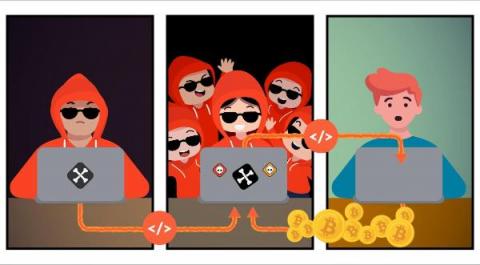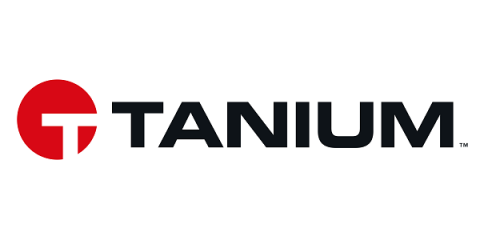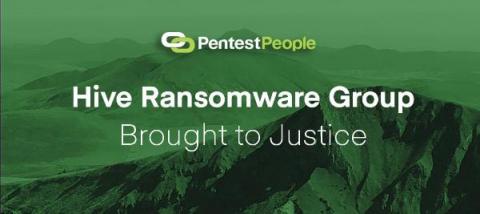GuLoader - a highly effective and versatile malware that can evade detection
The content of this post is solely the responsibility of the author. AT&T does not adopt or endorse any of the views, positions, or information provided by the author in this article. This blog was jointly authored with Arjun Patel. GuLoader is a malware downloader that is primarily used for distributing other shellcode and malware such as ransomware and banking Trojans.










